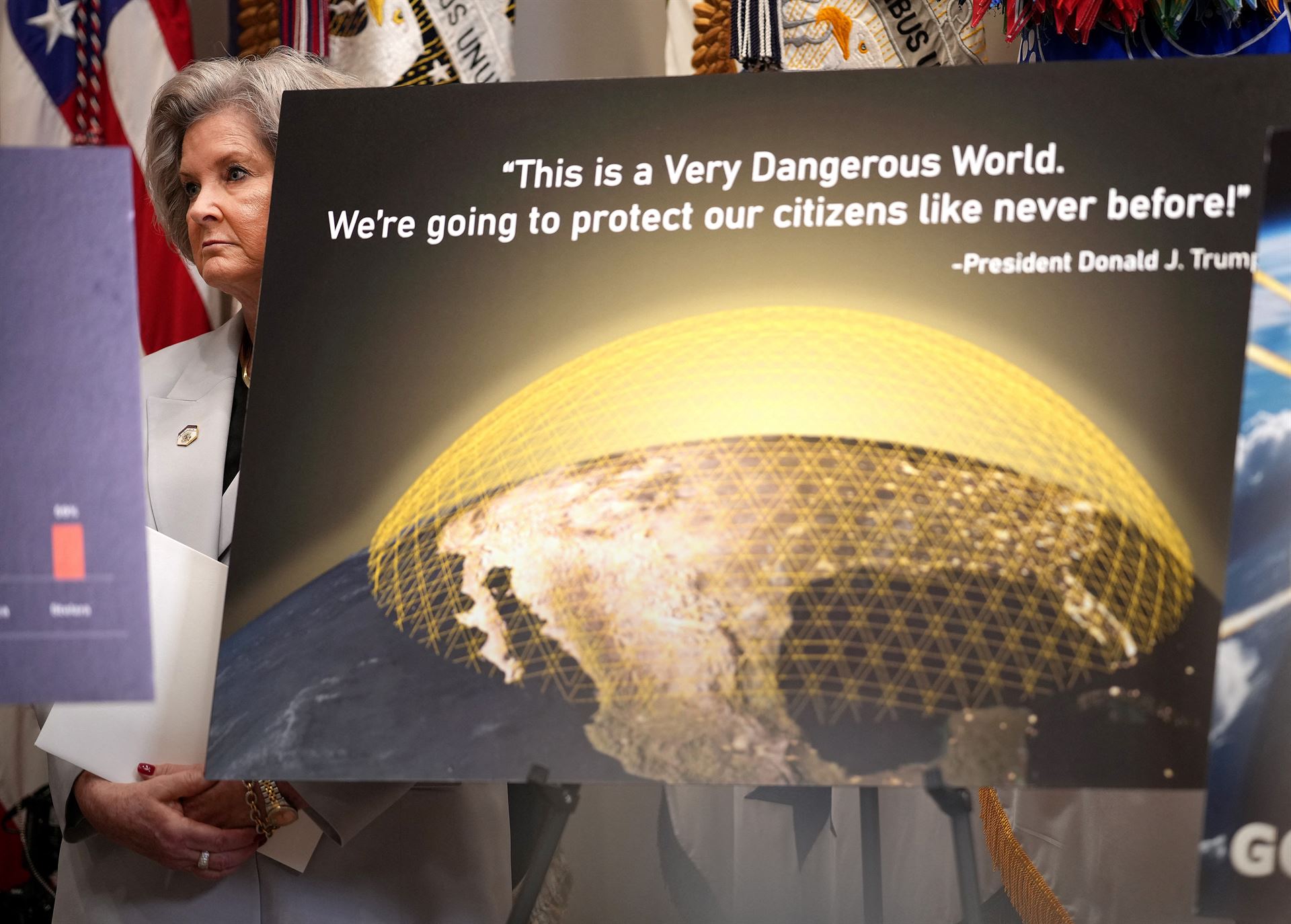Proposed Golden Dome plan could push the world toward a new arms race in space

It appears that the US Military-Industrial Complex theory now has an added dimension — the Golden Dome missile defense program — that is pushing the world toward a new arms race.
United States Secretary of Defense Pete Hegseth has called the Golden Dome a perfect security system protecting the homeland from cruise missiles, ballistic missiles, and hypersonic missiles. The US administration considers it a strategic value addition and a new trump card for international bargaining in the days to come.
Comparative studies of the US missile system reveal that the country already maintains a nationwide missile defense system aimed at thwarting small-scale attacks from intercontinental ballistic missiles. The Golden Dome program aims to protect the country from more capable adversaries.
READ MORE: Trump unveils $175 billion 'Golden Dome' missile shield project
US strategists, regional experts, and military gurus view it as a “revolutionary leap” in homeland defense — the program envisioning a network of hundreds of satellites circling the globe with space-based sensors and interceptors, including components in the low Earth orbit, to intercept both ballistic and cruise missile threats. They termed it a defining moment in the long arc of global security policy.
The White House termed it very important for the “success” and even “survival” of a superpower with the strongest military, creating another narrative to further increase the defense budget despite serious problems in the economy.
There is reasonable fear that the Golden Dome program would drastically change the rules of space engagement, form new treaties of outer space cooperation, reform and reproduce new missiles and antiballistic missile technologies, radar systems, lead to “coding” and “decoding” of new global security paradigms, and above all, drain an enormous amount of funds.
Additionally, the Golden Dome concept has numerous socioeconomic, geopolitical, and geostrategic repercussions that marginalize other countries’ security, sovereignty, and territorial integrity.
The projection of the Golden Dome at a cost of $175 billion could sharply escalate space militarization, a trend that has intensified over the last decade. Space and outer space would become new flashpoints and geostrategic bargaining chips.
Studies reveal that successive US governments have tried their best to sell this idea of the Golden Dome and need for greater offensive space capabilities due to the so-called space-based threats from Russia and China.
The announcement of the Golden Dome plan by the US administration indicates a clear shift in strategy, emphasizing a bold move into space with expensive, untested technology that could be a financial boon for US defense contractors.
As the Golden Dome program consists of space-based missiles that would launch from satellites in orbit to intercept conventional and nuclear missiles launched from Earth, it would provoke other countries to place similar systems in space or to develop more advanced weapons to evade the missile shield, thus escalating an arms race in space.
As the program’s vast operational vulnerability and weak conceptualization may have massive global ramifications, a Chinese Foreign Ministry spokesperson rightly termed it “dangerous”, urging Washington to abandon it.
Moreover, its strong offensive implications underline serious Chinese concerns about peaceful space exploration under threat from US hegemonic intentions.
The Chinese Foreign Ministry spokesperson echoed the world’s majority when it denounced the Golden Dome as a threat to international security and accused the US of prompting an arms race that seeks its own absolute security.
A Kremlin spokesperson predicted that the Golden Dome could force talks between Moscow and Washington about nuclear arms control.
It seems that the program has some shades of Ronald Reagan’s Strategic Defense Initiative, Bill Clinton’s Theater Missile Defense programs, and the George W. Bush administration’s withdrawal from the Anti-Ballistic Missile Treaty.
The program will require heavy financial and material investment, which may be unfeasible given the current US economic and fiscal woes. It would also extend the Cold War mentality and confrontational thinking into space, affecting international technological cooperation in the space domain and undermining global stability.
The Golden Dome is not merely a technical project. It is a geopolitical act, with global geostrategic consequences that extend far beyond US shores and pose the danger of space conflict. Like Reagan’s initiative, the Golden Dome may eventually lose its shine.
The author is executive director of the Center for South Asia & International Studies, Islamabad, Pakistan, and president of the Pak-China Corridor of Knowledge think tank.
The views do not necessarily reflect those of China Daily.


